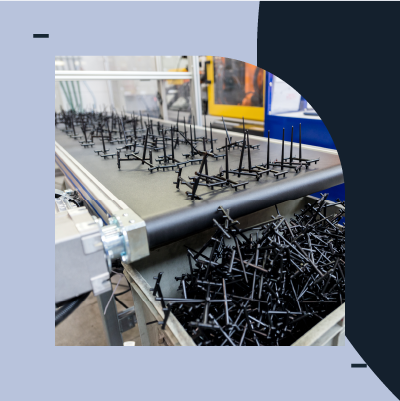Hourly production report

Surely you have wondered how to improve shop floor performance, then SCHEMA shares with you a solution through its Hourly Production Report.
Improving the performance of the production floor is a constant goal in the work teams that are dedicated to manufacturing and to achieve it requires planning, time for execution and patience, since the results are not obtained immediately.
SCHEMA creates a report from your production capture to help you visualize in detail what is happening on each machine. This will be useful to see the hourly production rate versus the ideal rate, as well as the amount and percentage (%) of scrap.
That is, at the click of a button and without further calculations or tasks you have a production report that shows you hour by hour the amount of parts produced, as well as a record that allows you to see how the machine time was consumed.
This allows you to strategically plan small actions that can be performed in the next shift to obtain improvements in a shorter time, for example: change the mold of the machine to another one that is compatible, schedule an equipment cleaning to minimize scrap defects or even alternate personnel.
